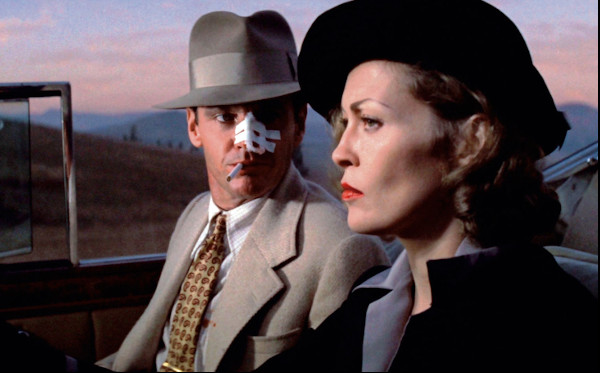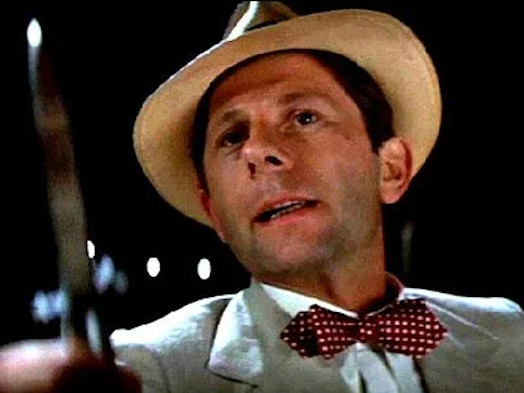New Book Explores Travails of Producing ‘Chinatown,’ Hollywood’s Greatest Film

The Big Goodbye: ‘Chinatown’ and the Last Years of Hollywood
By Sam Wasson
Flatiron
397 pages
Is Chinatown the best American film ever made? It certainly belongs in the top ranks, as many can attest.
After its release in 1974, Chinatown garnered nearly a dozen Academy Award nominations, although the only winner was for Best Original Screenplay. Its Los Angeles-noir atmospherics—and its theme of deeply ingrained political corruption—seem as fresh and powerful today, over 40 years later.
In The Big Goodbye, Sam Wasson chronicles the agony and ecstasy of the film’s production. The selective focus is on four key figures: Robert Evans, producer; Roman Polanski, director; Robert Towne, screenwriter; and the movie’s star, Jack Nicholson.
To Wasson’s credit, the titanic ego-battles between these and other ancillary figures are vividly described. He demonstrates how easily Chinatown might never have been made in the first place.
Hints of the authorial strategy start with a long opening section on the horrific Tate-LaBianca murders in 1969. Sharon Tate, Polanski’s wife, was one of the five people murdered over two days. No doubt the tragedy informed the director’s nightmare vision for Chinatown, but it seems like a questionable approach to the film’s origin story.

Some literary influences come from the usual LA-based sources—Raymond Chandler, Joan Didion, etc.—and their influence isn’t worn lightly in Wasson’s own, sometimes overheated prose: “The Santa Anas were blowing the last days of October 1973, swathing the city in lethargy and an unright argument of fog and sun certain tense Angelenos inherited from the sky.”
We may understandably scratch our heads at what “an unright argument of fog and sun” means, and what it is exactly that “Angelenos inherited from the sky.”
The Big Goodbye is clearly well-researched and represents, in some respects, a definitive account of the making of this classic film. At the same time, the book’s focus is frequently unclear, and the narrative can become maddeningly digressive.
At one point—to cite one of numerous examples—Wasson expounds on the last-minute addition of a musical score by Uan Rasey and his King Silver Flair trumpet. No doubt the haunting score added immeasurably to the film’s ultimate power, but is a nearly page-long detour into Rasey’s background really necessary? (“… he practiced his way to a steady gig, in a wheelchair, on crutches, out in the L.A. suburb of Monterey Park for five much-needed 1937 dollars a night.”)
Again, while we get the reference to what a dollar could buy in 1937, there must be a more elegant way to say it.

Things don’t stop there. A page later, the producer Evans is described as being enraptured by this new score:
“For Evans, it was more than moonlight and ocean winds and Gatsby’s green flare across the bay; it was not fantasy but palpable evidence of a dream becoming true, the rare and shivery threshold of immeasurable pleasure, the promise imagination grants the mundane, and the mountain stream through which beauty and goodness, against all probability and reason, flow down into the world as art.”
A little of this goes a long way, but in The Big Goodbye, there’s often more than just a little.
Author Bio:
Lee Polevoi, Highbrow Magazine's chief book critic, recently completed a novel, The Confessions of Gabriel Ash.
For Highbrow Magazine
Image Sources:
--Flatiron books
--Paramount Pictures





























































































































































































































































































































